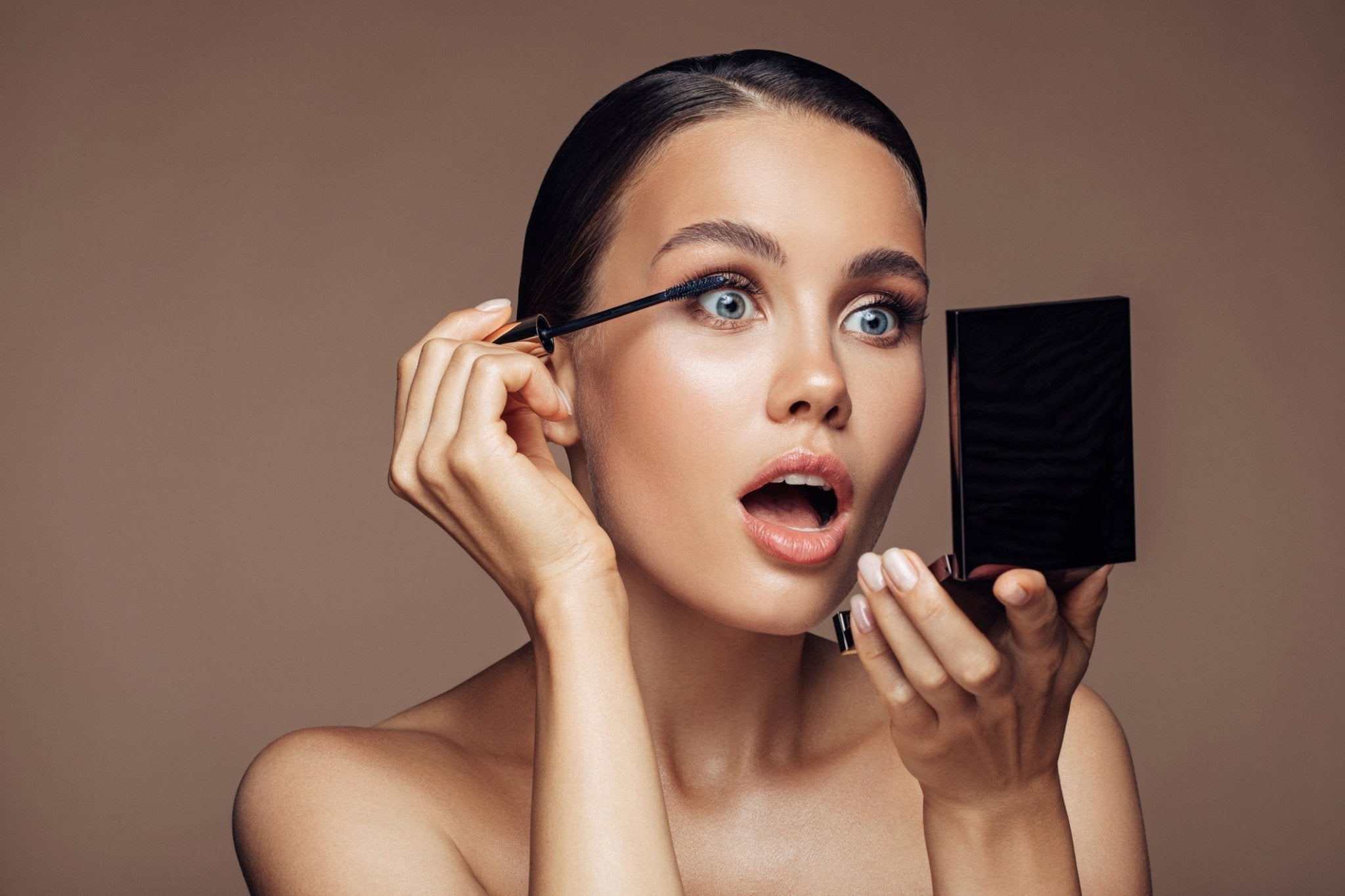So how do we manage our microbiome? Read on to find out, by Ayesha Muttucumaru.
What actually is the skin microbiome and why is it important?
“Living on our skin is a diverse community of bacteria, yeasts/fungi and viruses called the microbiome,” explains consultant dermatologist Dr. Sharon Wong. “This balanced ecosystem is vital in maintaining skin health by interacting with and educating our skin’s immune system and preventing harmful microorganisms entering the body.”Think of it as part of your body’s first line of defense: a secret army, invisible to the human eye that supports the skin’s barrier in keeping pathogens and irritants out and keeping valuable moisture in. When balanced, skin will not only look and feel more hydrated and less prone to sensitivity, but be better able to protect itself against environmental aggressors, too.
Just like the gut, a diverse microbiome is the key to a happy one - and its makeup is unique on a number of levels. “The profile of the microbiota will vary between individuals, but also between different body sites - for example the constellation of microorganisms in the armpit will be different to what is on the face,” says Dr. Wong. A healthy microbiome includes a wide range of microbes, the delicate balance of which plays an important part in allowing them to coexist in harmony.
Beware the microbiome disruptors
Both internal and external factors can disrupt the skin microbiome’s balance. These include harsh skincare products, sun damage, pollution, diet, stress and skin conditions such as eczema.You will see damage to your skin’s microbiome most frequently on your hands. “The skin’s microbiota thrives in a more acidic environment with an optimum pH of around 5,” explains Dr. Wong. “Soaps are usually alkaline (with a pH greater than 7) which means that excessive exposure of skin to soaps can alter the acid mantle and lead to a disturbance of the normal skin microbiome.” This is further fueled by dousing skin in alcohol-based hand sanitizers, which have the side-effect of affecting numbers of ‘good’ bacterial strains, too.
When your microbiome gets mad
An imbalance in the microbiome (known as dysbiosis to pros in the know), can have a noticeable effect on the skin barrier and its ability to retain moisture and keep pathogens out. Dryness, irritation, breakouts and sensitivity could all be signs of an unhappy skin flora.Dr. Wong highlights that this could worsen by developing into eczema or acne and could increase susceptibility to skin infections like impetigo, making the need to be mindful about your microbiome all the more important.
How to restore happy skin
Dr. Wong tells us that in healthy skin, the microbiome actually has the ability to rebalance itself. However, if it has been exposed to disturbance for a prolonged period of time due to underlying conditions or harsher stresses of modern living, then your skin may need an extra helping hand. Dr. Wong emphasizes the importance of being mindful not to over-wash, using gentler detergents as well as simplifying your skincare routine. It's also vital, she says, that we use deeply hydrating and protective skincare, which can all enhance the repair process.As for washing your hands, it's possible to be microbiome-friendly without compromising on cleanliness. “Of course hand washing has always been and will continue to be an important infection control measure, but there are things we can do to try and minimize the disruption to our microbiome,” says Dr. Wong. She recommends choosing soaps and skincare products that are formulated as’ pH balanced’, while reducing your exposure to harsh detergents by wearing gloves when washing up.
If you have an underlying skin condition such as acne or eczema though, Dr. Wong points out that you might need more targeted prescription treatments to address the imbalance in the skin microbiome.
How to maintain a balanced microbiome
The key to keeping your skin microbiome happy and healthy on a long-term basis is to adopt daily habits that support your skin barrier and reduce the chances of disruption. This may mean making the lifestyle tweaks mentioned above, but for many it’s about decluttering your skincare regime and using products that support the skin.“Keep skincare simple and targeted, thereby keeping the number of products used on the skin to a minimum,” advises Dr. Wong. In particular, and contrary to popular modern advice, she suggests avoiding layering too many potent actives too often, as this can increase chances of irritation.
At 35 Thousand, ‘keeping things simple’ for the sake of our microbiome was very much front of mind when we created the range – each of our products multitasks in order to avoid overloading the skin. As well as providing skin-quenching hydration that creates the ideal environment for good bacteria to thrive, we've also added the prebiotic ingredient chicory root to the OTG-7 Complex (present in every product).
Note: it's also vital to include a broad-spectrum sunscreen into your daily regime such as our All In Day Serum to protect skin against harmful UV rays.
But how does microbiome skincare work?
Bacteria-boosting skincare can work in a variety of ways, from the addition of probiotics (living microbes) to postbiotics, which are the skin-benefiting byproduct of probiotics that produce peptides and enzymes.35 Thousand products use prebiotics, however, which feed the bacteria on the skin. This technology has been used a great deal within the realm of gut health – providing the stomach with prebiotics that the bacteria (sometimes from probiotics) feed on.
“We use a skin prebiotic derived from a natural source, chicory root (image below), which feeds good bacteria strains that naturally live on the skin,” Claire Bristow, 35 Thousand’s Product Development Director tells us. “As harmful microorganisms are not able to metabolize prebiotics, and therefore are discouraged from settling on the skin, it means that they work as a barrier to an extent - a shield against harmful bacteria.”

If you have dry, fragile or sensitive skin that’s prone to flare-ups, or just want to discover your best ever skin, this new frontier of microbiome-friendly skincare will be a very worthwhile addition to your routine.
One great way to maintain your skin's microbiome throughout the day is a spritz skin with our Refresh & Revive Mist. Discover more about the ingredients used in our unique OTG-7 Complex here.
Follow Ayesha on Instagram and Twitter.




